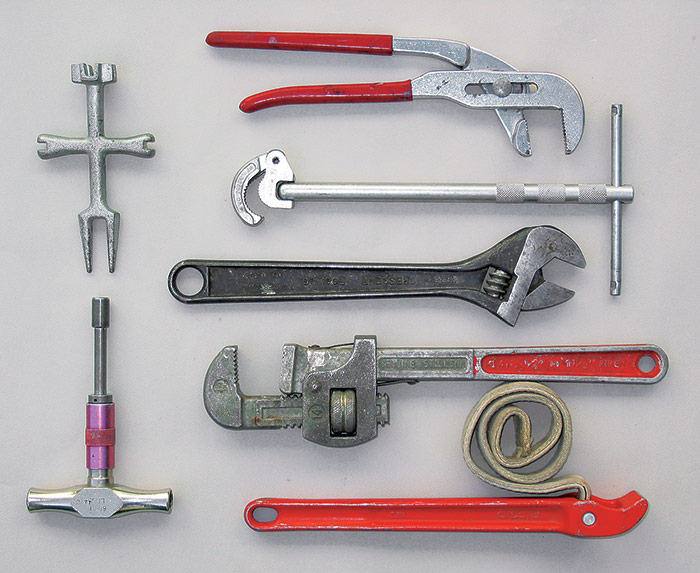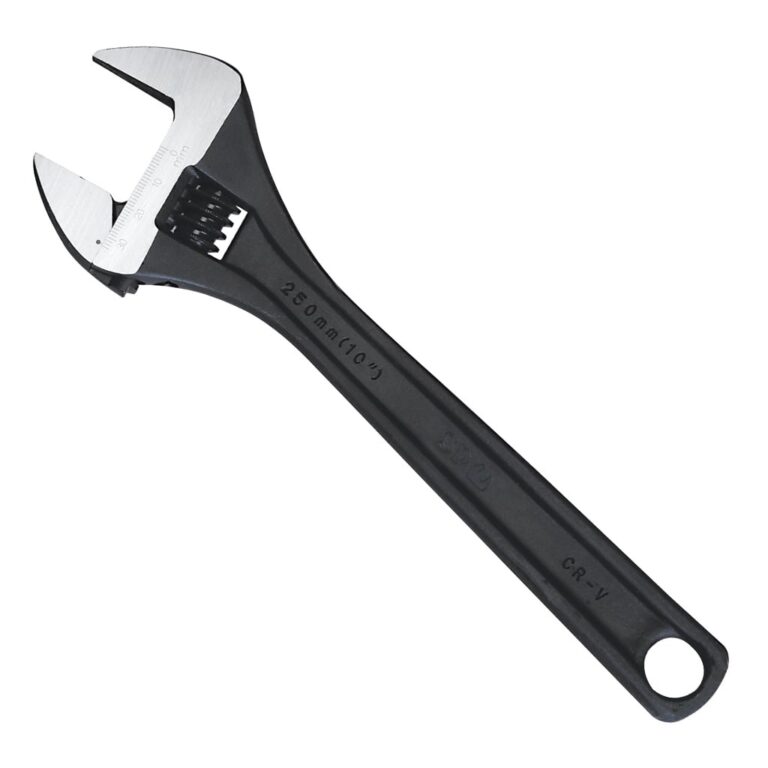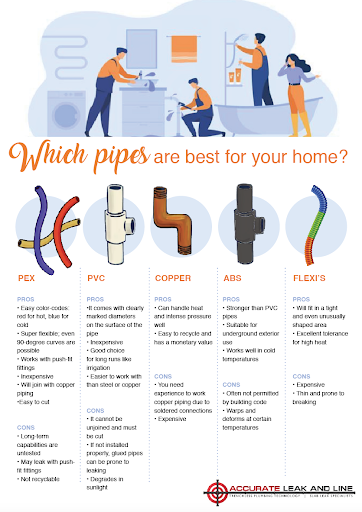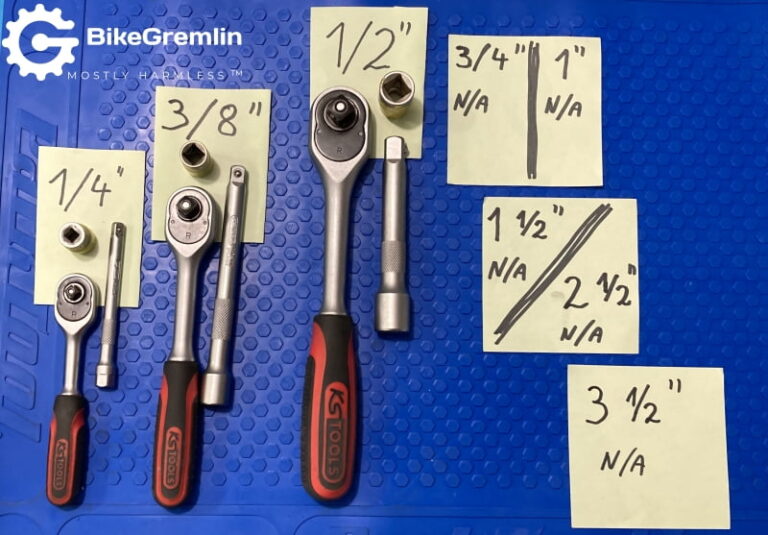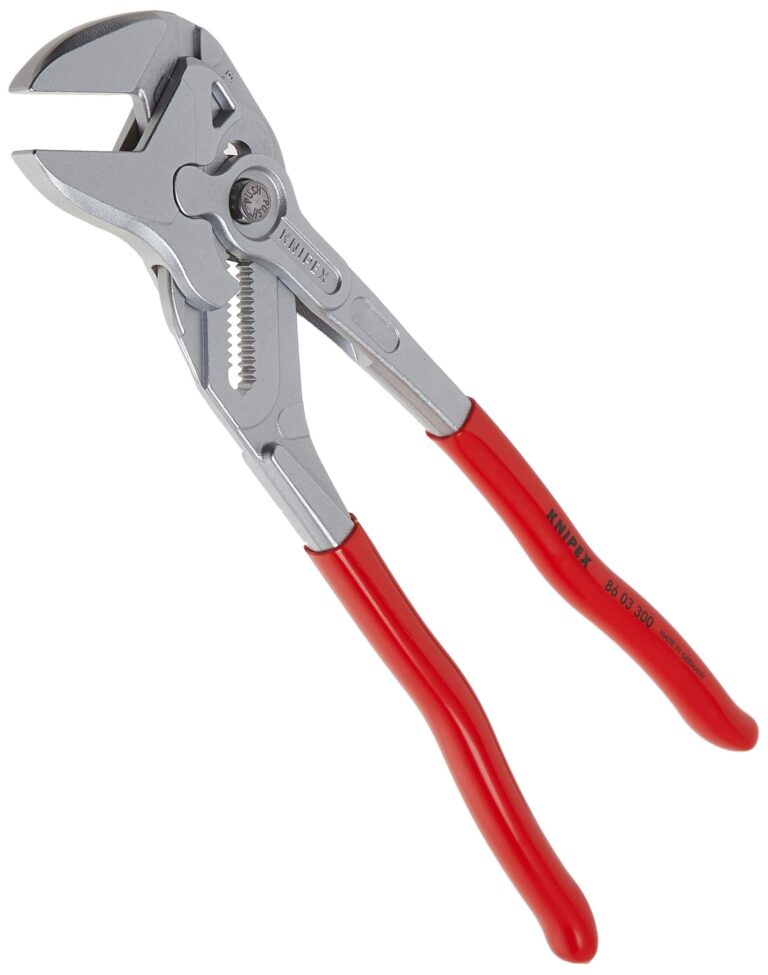What Are The Safety Tools For A Plumber?
As a plumber, safety is of the utmost importance. To ensure safety while completing plumbing jobs, there are a variety of safety tools available. These tools range from personal protective equipment such as safety glasses and hard hats, to specialized tools such as pipe cutters and wrenches. In addition, plumbers must utilize safety checklists, as well as proper training and education on the job, to ensure a safe working environment. With the right tools, plumbers can complete their work safely and effectively.
Plumbing Safety Gear
Plumbing is a hazardous profession, and while many of the risks can be managed, it’s important for plumbers to take the necessary safety precautions to avoid injury or worse. Plumbers should always be equipped with the proper safety gear to ensure they are properly protected while on the job. Safety gear for plumbers includes hard hats, safety glasses, ear protection, gloves, protective clothing, respirators, and dust masks.
Hard hats are a must for any plumber and should be worn on any job site, regardless of the job’s complexity. Hard hats protect plumbers from falling objects, dust, and debris. Safety glasses are also necessary to protect plumbers’ eyes from dust and pieces of metal, wood, or other materials that could fly up during the job. Ear protection is important to reduce the risk of hearing loss from loud machinery or tools.
Gloves are another important piece of safety gear for plumbers and should be worn when handling any chemicals or hazardous materials. It’s important to choose the right type of gloves for the job, as some chemicals can penetrate certain types of gloves and cause harm to the plumber. Protective clothing is also important as it can protect plumbers from cuts, scrapes, and other injuries.
Finally, respirators and dust masks should be used for any job that involves dust, fumes, or chemicals. Respirators and dust masks protect plumbers from inhaling hazardous materials, which can cause serious health issues. By taking the necessary safety precautions and always wearing the proper safety gear, plumbers can stay safe and avoid injury or worse.
Risk Prevention Strategies
Working as a plumber can be a dangerous job, especially if the safety tools are not properly used. This is why risk prevention strategies are essential for ensuring the safety of plumbers and their workspaces. To start, it’s important to be aware of the hazards associated with plumbing work, such as slips, trips, and falls, electrocution, and contact with hazardous substances like asbestos. Plumbers should also wear appropriate protective gear, such as gloves and goggles, to prevent skin contact with hazardous materials and prevent eye injuries from sparks or debris. To further reduce the risk of injury or illness, it’s also important to keep workspaces well-maintained and organized, as well as to ensure that all tools and equipment are properly maintained and inspected for any signs of wear or damage. Finally, plumbers should keep up to date on the latest safety regulations and guidelines and adhere to these at all times. By taking the necessary steps to ensure the safety of the workspace and the plumber, the likelihood of an accident or injury is greatly reduced.
Working with Dangerous Chemicals
Plumbers must stay safe while using hazardous chemicals to prevent spills and other accidents from occurring. Working with these materials can be dangerous and requires a great deal of caution. It is important for plumbers to understand the potential risks and to take the necessary precautions to protect themselves. Safety tools such as gloves, respirators, and safety goggles should be worn when handling any of these materials. Additionally, plumbers should wear protective clothing such as long pants and long-sleeved shirts. This will protect their skin and any clothing they may be wearing from any potential spills or splashes. Any spills should be cleaned up immediately and the area should be ventilated to prevent any fumes from lingering. If the chemical is flammable, it should be stored away from any heat sources. Plumbers should also be aware of the correct disposal methods for any chemicals they use. Following safety protocols will help protect plumbers from any potential risks associated with handling these chemicals.

Keeping Areas Clean and Tidy
It is essential for a plumber to ensure the safety of their work environment by keeping the area clean and tidy. Plumbers need to reduce the risk of slips, trips, falls, and other hazards by ensuring that all tools and supplies are properly stored and that clutter is kept to a minimum. Additionally, it is important to keep the area around the work area dry and free from standing water. Plumbers should also use appropriate safety gear, such as overalls, safety boots, gloves, and dust masks, to protect their skin from any hazardous material. Furthermore, they should use appropriate safety tools, such as ladders and scaffolding, to prevent any falls or slips from occurring. Finally, plumbers should be sure to properly dispose of any materials they use to avoid any further risks. By taking the necessary precautions, plumbers can ensure the safety of their work environment and reduce the risk of any avoidable accidents.
Identifying Potential Hazards
No job is risk-free, and plumbing is no exception. Plumbers face a variety of potential hazards while on the job, from sharp tools to hazardous materials. Identifying the potential risks and hazards that come with plumbing is an important part of ensuring the safety of yourself and your clients.
Common hazards include slips and falls, electric shocks, sprains, cuts and abrasions, and burns caused by hot water or steam. A plumber must also be aware of any hazardous materials they might come into contact with, such as lead or asbestos. To minimize these risks, it is important to take the proper safety precautions.
Plumbers should wear protective gear, such as safety glasses, steel-toed boots, and gloves. Additionally, they should be aware of their environment and watch out for potential risks. They should also avoid any activities that could lead to injury, such as lifting heavy objects without help.
It is also important to use the right tools for the job. Plumbers should use the correct tool for each task, and always check them for sharp edges or broken parts before using them. To prevent electric shock, plumbers should also use GFCI (ground-fault circuit interrupter) outlets and other electrical safety tools.
By taking the proper safety precautions, plumbers can protect themselves and their clients from potential hazards. Identifying potential hazards and following safety guidelines is essential to keeping everyone safe.
Staying Updated on Safety Protocols
It is crucial for plumbers to stay up to date on the latest safety protocols and regulations. Accidents can happen all too easily in this line of work, and when they do, it can be costly. Knowing how to properly use and maintain safety tools can help plumbers avoid potential disasters.
Some of the most commonly used safety tools for plumbers include protective eyewear, gloves, respirators, safety harnesses, and gas monitors. Protective eyewear, such as goggles or safety glasses, can protect against flying debris and hazardous materials. Gloves protect against skin irritants and chemical exposure. Respirators help protect against airborne particles and gases in the environment, while safety harnesses keep plumbers secure when they are working at high levels. Gas monitors detect dangerous levels of gas in the air, such as carbon monoxide or methane, and alert the plumber to potential dangers.
It is also important for plumbers to receive proper training on safety protocols and to stay updated on any changes or new guidelines. Plumbers should attend safety seminars and workshops to ensure they are up to date on the latest safety tools and protocols. Additionally, plumbers should always have a first aid kit on hand in case of any emergencies.
By staying informed and utilizing the right safety tools, plumbers can keep themselves and their customers safe.
FAQs About the What Are The Safety Tools For A Plumber?
1. What safety equipment should I wear when I’m plumbing?
Answer: It’s important to wear safety equipment when working as a plumber. This includes safety glasses and gloves, a hard hat, safety boots, and a dust mask. It’s also important to wear protective clothing such as overalls and long sleeves.
2. Do I need to have a first aid kit when plumbing?
Answer: Yes, it is important to have a first aid kit with you at all times when plumbing. This should include a variety of items such as bandages, antiseptic wipes, antiseptic cream, and other items to help treat minor scrapes and cuts.
3. Is it necessary to have special tools for plumbing?
Answer: Yes, it is important to have the right tools for plumbing. This includes a pipe wrench, a screwdriver, a hacksaw, a plumbing snake, and a pipe cutter. Other specialized tools may also be required depending on the job.
Conclusion
Plumbers need to take safety seriously when working on plumbing related tasks. It is essential for plumbers to use proper safety tools such as safety glasses, gloves, hard hats, respirators, earplugs, and safety boots to protect themselves from potential hazards. Additionally, plumbers should also be familiar with proper safety procedures and regulations to ensure they are working safely and efficiently.

